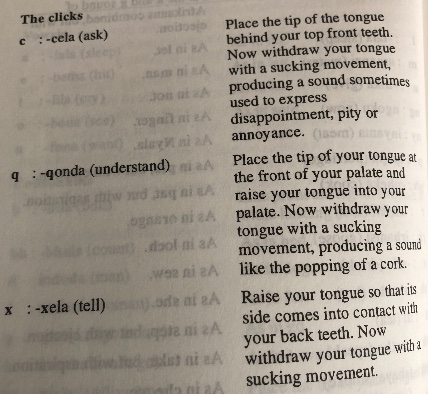Fusion phonology and morphology in Sinitic
Over the years, we have encountered on Language Log many instances of the fusion of Sinitic syllables into more compact units than the original expressions they derived from. A typical example is the contraction béng 甭 ("never mind; don't; needn't; do not have to") from bùyòng 不用.
Cf. zán 咱 ("we")
Fusion of 自家 (MC d͡ziɪH kˠa, “self”) [Song] > Modern Mandarin zá (Lü, 1984). Fusion with 們/们 (men) produces the form with a nasal coda [Yuan], e.g. Modern Mandarin zán (Norman, 1988).
(source)
Often such contractions and fusions in speech do not get reflected in the writing system as in the above two examples. For instance the Beijing street name Dà Zhàlán 大柵欄 = Pekingese "Dashlar" and bùlājí 不拉及, the transcription of Russian платье ("dress") is pronounced in Northeastern Mandarin as "blaji" (note the "bl-" consonant cluster, which is "illegal" in Mandarin).
Read the rest of this entry »


